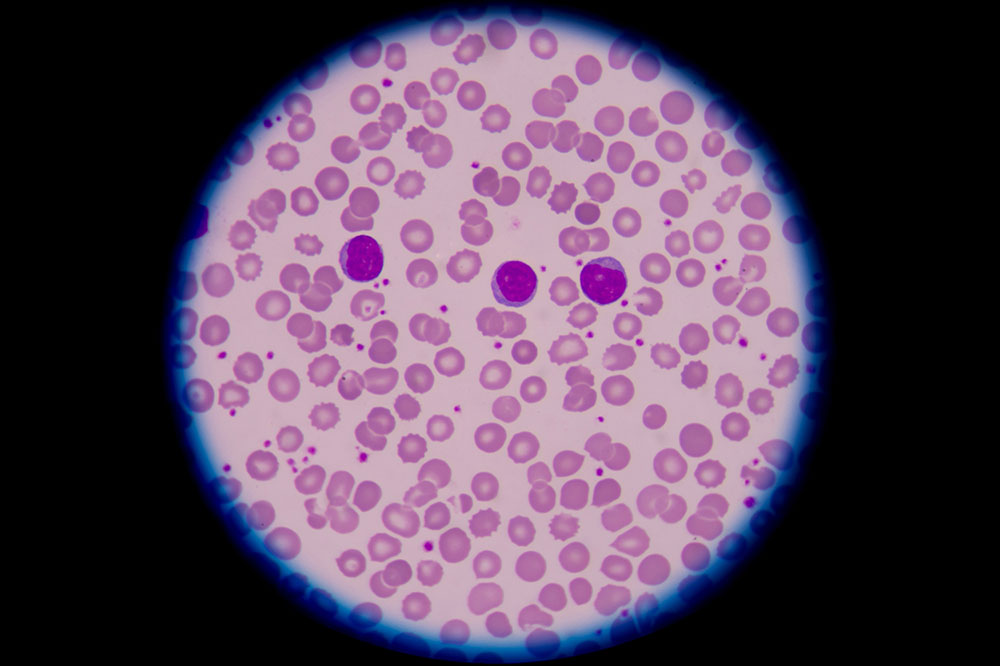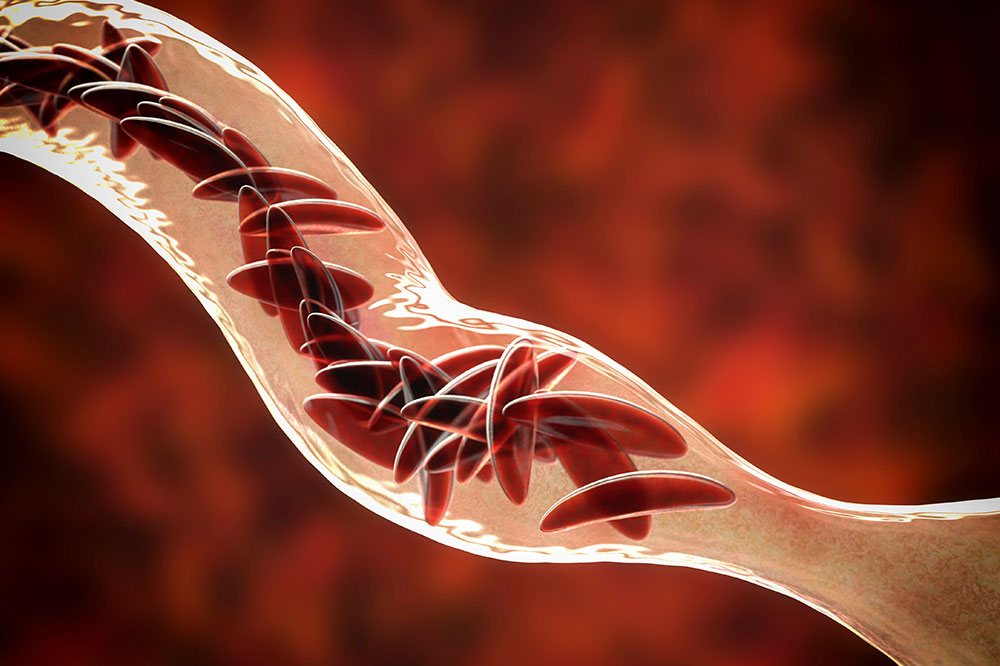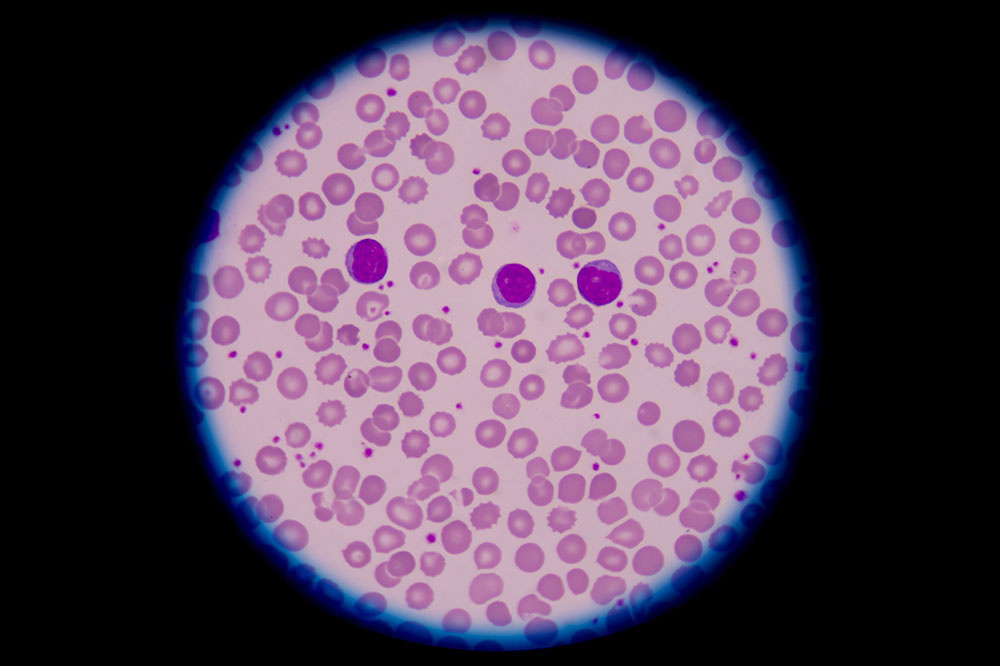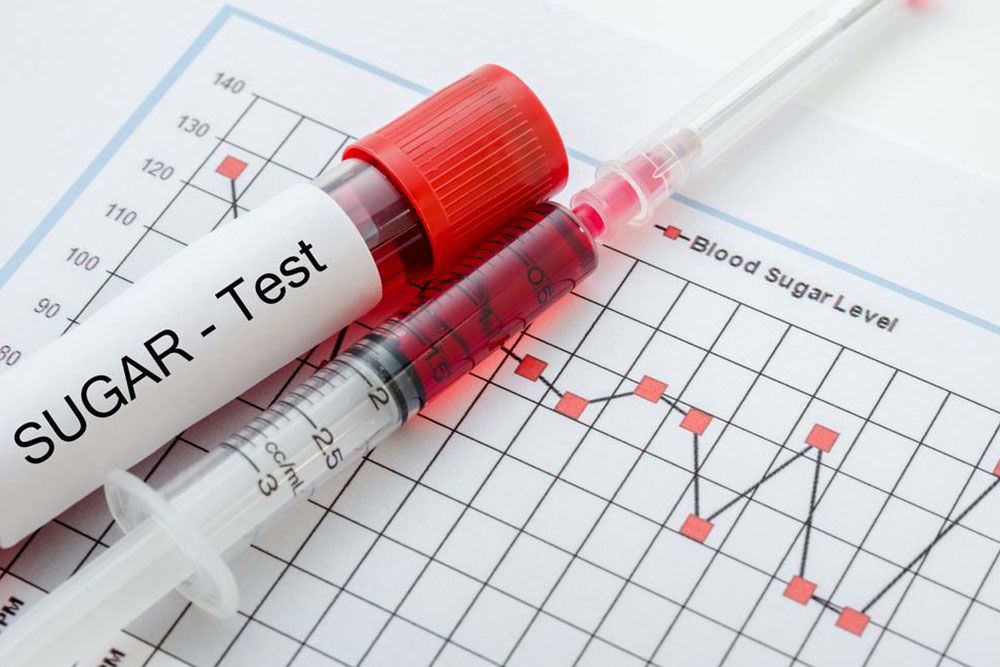Top 5 Dangerous Blood Conditions That May Be Life-Threatening Without Treatment
Discover the top five critical blood disorders that can be life-threatening if left untreated. This guide highlights conditions like anemia, sickle cell disease, lymphoma, hemophilia, and thalassemia, emphasizing the importance of early diagnosis and medical intervention to prevent severe health complications.

Top 5 Dangerous Blood Conditions That May Be Life-Threatening Without Treatment
The human body faces numerous threats from pathogens and internal disorders, with blood health being a critical aspect. Blood-related issues are common, affecting approximately 20% of people in the United States. These disorders involve problems with blood components such as red blood cells, white blood cells, and platelets, leading to serious health risks if not managed promptly. The plasma, the liquid element of blood, can also be compromised by various diseases, underscoring the importance of awareness about blood disorders.
Below are some prevalent blood conditions that require vigilance and timely intervention:
Anemia: A condition where the red blood cells (RBCs), responsible for oxygen transport, are deficient. Iron deficiency often causes anemia because iron is essential for hemoglobin production. Reduced hemoglobin hampers oxygen delivery throughout the body.
Sickle Cell Disease: A genetic disorder where RBCs assume a sickle shape, impairing their oxygen-carrying capabilities. This abnormality leads to painful episodes and organ damage. Treatment options may include stem cell therapy.
Lymphoma: A type of blood cancer that affects lymphocytes, a form of white blood cells. It results from uncontrolled cell growth, with Hodgkin’s and Non-Hodgkin’s lymphoma being common variants.
Hemophilia: A hereditary disorder impacting platelets, the blood components responsible for clotting. Affected individuals are prone to excessive bleeding, since clot formation is impaired.
Thalassemia: An inherited condition that affects RBCs' ability to deliver oxygen. It can cause complications like heart issues, bone deformities, and spleen enlargement, along with developmental delays in children.










